Home>diy>Architecture & Design>How Much Does It Cost To Design A House
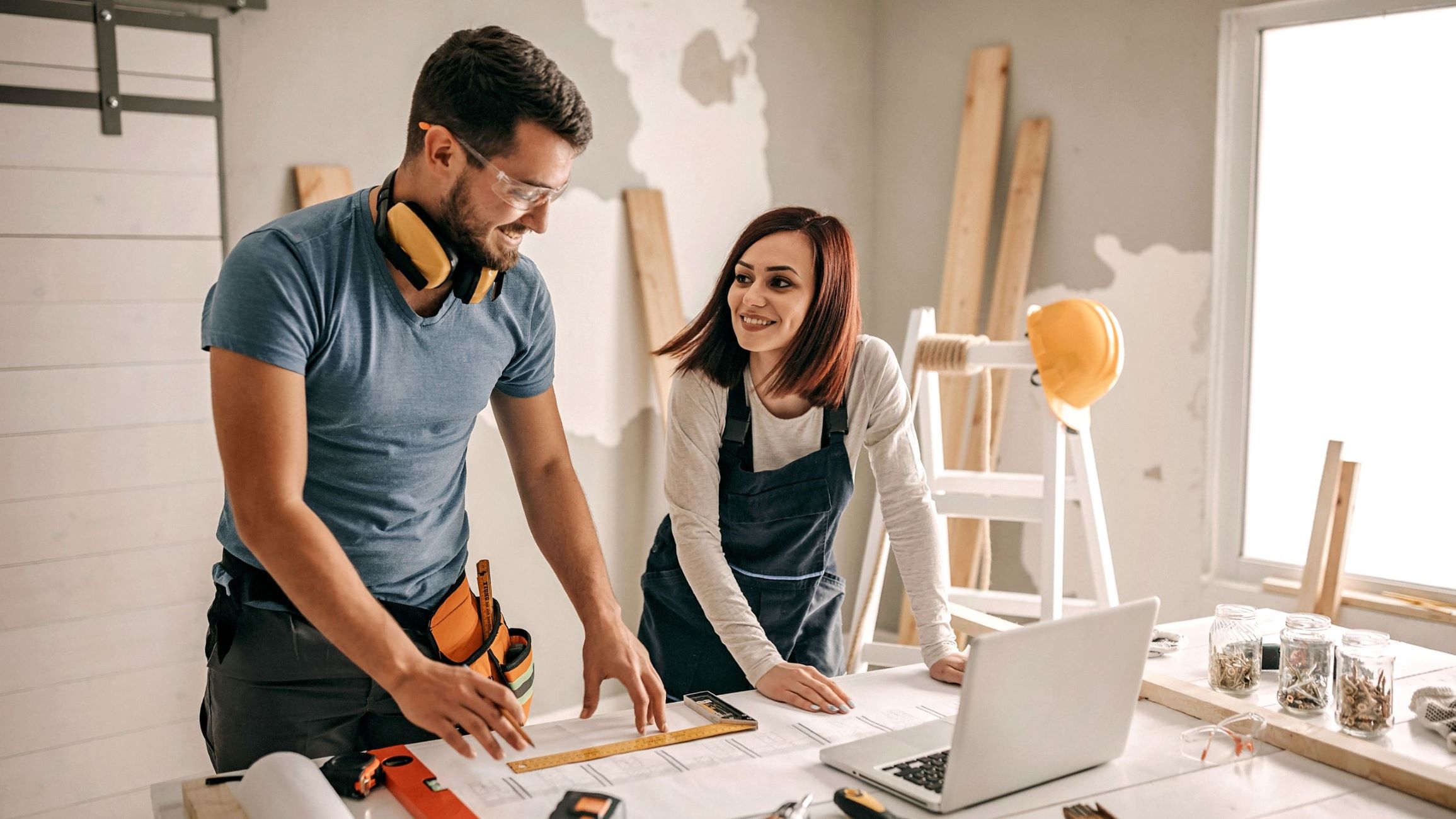

Architecture & Design
How Much Does It Cost To Design A House
Modified: January 9, 2024
Get an estimate for architecture design costs. Find out how much it costs to design a house and plan your dream home within your budget.
(Many of the links in this article redirect to a specific reviewed product. Your purchase of these products through affiliate links helps to generate commission for Storables.com, at no extra cost. Learn more)
Introduction
Designing a house is an exciting and crucial step in creating your dream home. Whether you’re starting from scratch or embarking on a renovation project, the design of your house sets the foundation for its aesthetics, functionality, and overall appeal. However, before diving into the world of house design, it’s important to understand the various factors that can influence the cost.
When it comes to designing a house, numerous elements come into play, including architectural fees, site analysis, construction drawings, interior design, and more. Each of these factors contributes to the overall cost and requires careful consideration to ensure a successful and efficient design process.
In this article, we will explore the different factors that can affect the cost of house design and highlight some important considerations along the way. By understanding these factors, you can better plan and budget for your dream home.
Key Takeaways:
- Designing a house involves various factors such as size, architectural style, location, and materials, all of which impact the overall cost. Collaboration with design professionals is crucial for a successful and cost-effective design process.
- In addition to architectural fees, factors like site analysis, construction drawings, permits, and structural engineering contribute to the overall cost of house design. Planning for additional costs and considerations is essential for a comprehensive and realistic budget.
Factors Affecting the Cost of House Design
Designing a house involves a multitude of factors that can impact the overall cost. It’s essential to consider these factors to ensure that your budget aligns with your design goals. Here are some key elements that can affect the cost of house design:
- Size and Complexity: The size and complexity of the house directly affect the cost of its design. Larger homes generally require more materials, labor, and time to design, resulting in higher costs. Additionally, complex architectural features, unique layouts, or intricate detailing can increase the complexity and overall cost of the design.
- Architectural Style: The architectural style chosen for the house can also impact the cost of design. Certain architectural styles may require special materials or techniques, which can increase the overall cost. For example, designing a house with a modern minimalist style might require sleek and expensive materials, such as glass and steel, while a traditional farmhouse design may call for more rustic and cost-effective materials.
- Location and Site Conditions: The location and site conditions of the property can significantly affect the design cost. Factors such as terrain, soil conditions, access to utilities, and local building regulations can all impact the design process and require additional surveys or engineering studies to ensure a safe and compliant design.
- Materials and Finishes: The choice of materials and finishes for the house can vary widely in terms of cost. Designing with high-end materials, such as marble or custom millwork, will result in a higher design cost compared to using more affordable options. Moreover, the quality and durability of materials can also affect long-term maintenance and operational costs.
- Energy Efficiency and Sustainability: Incorporating energy-efficient and sustainable design features can add upfront costs but may lead to long-term savings. Technologies such as solar panels, efficient insulation, and smart home systems can increase the initial design cost, but they can reduce energy bills and environmental impact over time.
It’s important to note that these factors are not mutually exclusive and can intersect in various ways. For example, a large house with a complex architectural style located in an environmentally sensitive area may incur higher design costs due to the combination of size, intricacy, and site-specific considerations.
By understanding these factors and their potential impact on cost, you can better navigate the design process and make informed decisions that align with your budget and design vision.
Architectural Fees
When it comes to house design, one of the significant costs is the architectural fees. Architects play a crucial role in translating your vision into a well-designed and functional space. Their expertise and creativity can greatly impact the overall success of your project. However, it’s important to understand how architectural fees work to budget accordingly.
Architects typically charge for their services based on a percentage of the total construction cost or a fixed fee. The percentage-based fee can range anywhere from 5% to 20% of the construction cost, depending on the complexity and scope of the project. On the other hand, a fixed fee is a predetermined amount agreed upon between the architect and the client, regardless of the final construction cost.
Keep in mind that architectural fees may also vary based on the architect’s experience, reputation, location, and the specific services they provide. It’s essential to thoroughly discuss and understand the fee structure with your architect before entering into any design contract.
In addition to the basic fee structure, architects may also charge for additional services or consultations that go beyond the standard design process. For example, if you require assistance with permit applications or construction administration, these services may incur additional costs. It’s crucial to discuss and clarify these services with your architect to ensure transparency and avoid any unexpected expenses.
Furthermore, some architects may offer a range of services that extend beyond traditional architectural design, such as interior design, landscape design, or project management. These additional services can be beneficial if you prefer a holistic approach to your house design but may also add to the overall design fees.
To better manage architectural fees, it’s advisable to establish a clear budget and design objectives from the outset. Open communication with your architect about your financial limitations can help guide the design process and ensure that the design aligns with your budgetary constraints.
Remember, while architectural fees form a significant portion of the total design cost, investing in professional architectural services can lead to a well-executed and thoughtfully designed house that meets your needs and aspirations.
Site Analysis and Surveys
Before beginning the design process, site analysis and surveys are essential steps to understand the characteristics and limitations of the building site. These assessments help architects and designers make informed decisions that align with the site’s specific conditions, which can ultimately impact the cost of house design.
A site analysis involves studying the physical and environmental aspects of the site. This includes evaluating factors such as topography, soil conditions, drainage patterns, vegetation, and sun exposure. Site analysis helps determine the optimal placement and orientation of the house, taking advantage of natural features and optimizing energy efficiency.
Surveys are conducted to accurately measure and document the boundaries and dimensions of the property. This includes creating a detailed site plan with accurate measurements, determining setback requirements, and identifying any easements or restrictions. Surveys are necessary for obtaining building permits and ensuring that the design adheres to local building codes and regulations.
The cost of site analysis and surveys can vary depending on the size and complexity of the site. In some cases, the architect may need to engage specialized professionals, such as land surveyors or geotechnical engineers, to conduct specific assessments. These additional consultants will incur separate fees, adding to the overall cost of the design process.
Certain site conditions can also impact the design and subsequent costs. For example, if the site has challenging topography or unstable soil conditions, additional measures may be required to ensure the stability and safety of the building. This might include retaining walls, foundation reinforcements, or soil remediation, all of which can contribute to the overall design costs.
It’s important to note that conducting a thorough site analysis and surveys is a crucial investment. Understanding the site’s characteristics helps create a design that is tailored to its specific context, maximizing its potential and minimizing potential issues or delays during construction.
Working closely with your architect during the site analysis and survey phase will ensure that all necessary considerations are taken into account, resulting in a well-informed and site-responsive design that aligns with your vision and budget.
Design Development
Once the initial site analysis and surveys are complete, the design development phase begins. This phase focuses on refining the conceptual design and transforming it into a detailed plan that encompasses all aspects of the house design. Design development is a critical step in the process and can significantly influence the cost of house design.
During the design development phase, architects work closely with clients to further define their vision and goals for the project. This involves refining the spatial layout, selecting finishes and materials, determining structural systems, and considering energy-efficient strategies.
One of the key factors that can affect the cost during the design development phase is the level of detail and complexity of the design. As more decisions are made, the design becomes more specific and detailed, requiring additional time and effort from the architect and design team.
For example, if you choose to incorporate unique architectural features or intricate detailing into your design, it will add complexity to the project. This complexity can increase the cost as it may require more time and effort to develop and document these design elements effectively.
Moreover, the selection of finishes and materials also plays a significant role in the cost of house design. Opting for high-end finishes or custom-designed elements can elevate the overall aesthetics of your home but may come with a higher price tag. It’s essential to carefully consider the materials and finishes during the design development phase to ensure they align with your budget.
Communication and collaboration with your architect during the design development phase are crucial. Clearly articulating your design preferences, budgetary constraints, and priorities will enable your architect to guide the process and make informed design decisions that strike a balance between aesthetics, functionality, and cost.
Remember that the design development phase sets the foundation for the construction drawings and subsequent stages of the design process. Investing in a well-planned and developed design will help streamline the construction process, reduce potential issues, and ultimately result in a successful and cost-effective build.
Read more: How Much Does Insulation Cost For A House
Construction Drawings
Construction drawings are a crucial component of the house design process. They provide detailed instructions and specifications for builders and contractors to execute the design accurately and efficiently. The creation of comprehensive construction drawings can significantly impact the overall cost of house design.
Construction drawings, also known as blueprints or working drawings, illustrate the structural, electrical, plumbing, and mechanical systems of the house. They include detailed floor plans, elevations, sections, and other technical details necessary for construction.
The level of detail and complexity of construction drawings can vary depending on the project’s requirements and local building codes. The more intricate the design, the more detailed the drawings need to be, resulting in additional time and effort from the architect and design team.
In addition to the design elements, construction drawings also incorporate essential information related to materials, dimensions, and construction techniques. This ensures that the builders have a clear understanding of the project and can carry out the construction accurately and efficiently.
The accuracy and completeness of construction drawings are critical to avoid costly errors and delays during the construction phase. Any ambiguity or lack of clarity in the drawings can lead to misunderstandings and potential rework, ultimately increasing the cost of construction.
Collaboration between the architect and other consultants, such as structural engineers, electrical engineers, and plumbers, is essential during the preparation of construction drawings. This coordination ensures that all aspects of the design are integrated seamlessly and that the drawings accurately reflect the intended design and functionality.
It’s important to note that changes or modifications to the design during the construction phase can be costly. Therefore, investing time and effort in developing thorough and accurate construction drawings upfront can help minimize the need for redesign or rework later on.
During the construction drawing phase, regular communication between the architect, client, and builders is crucial. This helps address any questions or clarifications, ensuring that the construction process stays on track and within the defined budget.
By investing in well-executed and comprehensive construction drawings, you can minimize the potential for costly mistakes, streamline the construction process, and ultimately achieve a successful and cost-effective realization of your design vision.
When budgeting for a house design, consider factors such as the size of the house, complexity of the design, materials, and the location. It’s also important to factor in the cost of hiring a professional architect or designer.
Permit and Approval Costs
Obtaining the necessary permits and approvals is an important step in the house design process. Local municipalities and building departments enforce regulations and codes to ensure the safety and compliance of construction projects. The costs associated with permits and approvals can, therefore, affect the overall cost of house design.
Permit and approval costs can vary depending on the location and the complexity of the project. These costs are typically associated with application fees, plan review fees, and inspection fees. The specific requirements and fees can vary from one jurisdiction to another, so it’s important to research and understand the local regulations.
The complexity and scope of the project can impact the permit and approval costs. For example, if your project involves additions, structural modifications, or changes to the building’s use, additional reviews and approvals may be required, increasing the associated costs.
In some cases, specialized permits may be necessary, such as permits for utilities, landscaping, or environmental impact. These additional permits will incur separate fees, which should be factored into your overall budget for the project.
It’s important to note that the permit and approval process can also introduce potential delays to the project timeline. It’s advisable to consult with your architect early in the design process to ensure that the design aligns with the local regulations and minimize any potential issues during the permit application and review process.
In addition to the permit costs, you may also need to consider other related expenses, such as fees for utility connections or impact fees imposed by the local municipality. These costs can vary depending on the location and the specific requirements for your project.
Working with a knowledgeable architect or design professional who has experience navigating the permit and approval process can save both time and money. They can guide you through the necessary steps, help prepare the required documentation, and streamline the overall process.
It’s crucial to factor in the permit and approval costs when budgeting for your house design. By being aware of these costs and allocating funds accordingly, you can ensure a smooth and compliant design process from start to finish.
Structural Engineering
Structural engineering plays a vital role in the design and construction of a house. It ensures that the building’s structural components, such as foundations, beams, columns, and walls, are designed to withstand the intended loads and provide stability and safety. The involvement of structural engineering in the design process can impact the overall cost of house design.
Structural engineers work closely with architects to provide the necessary calculations, analysis, and design recommendations for the structural elements of the house. Their expertise ensures that the building can withstand various forces, such as gravity, lateral loads, and environmental factors, including wind and seismic activity.
The cost of structural engineering services can vary depending on the complexity and size of the project. The structural engineer’s fees are typically separate from the architectural fees and are based on factors such as the project’s scale, complexity, and the level of involvement required.
For simple and straightforward designs, the structural engineering costs may be relatively low. However, for complex or custom designs that involve intricate structural elements or require specialized engineering solutions, the costs can be higher.
It’s important to involve a structural engineer early in the design process to ensure that the architectural concepts align with the structural requirements. Collaboration between the architect and the structural engineer is essential to develop an integrated design that balances aesthetics, functionality, and structural integrity.
Structural engineering also plays a role in cost optimization. By working closely with the design team, the structural engineer can identify opportunities for cost savings without compromising the integrity of the structure. They can suggest alternative materials or construction techniques that provide the required strength and stability at a lower cost.
Additionally, structural engineering also helps in value engineering, which involves reviewing the design and identifying areas where efficiencies and cost savings can be achieved. This process ensures that the design maximizes cost-effectiveness while still meeting the project’s structural requirements.
Investing in professional structural engineering services provides peace of mind that the structure of your house is safe and able to withstand the specified loads. By working together with your architect and structural engineer, you can ensure that the design is not only visually appealing but also structurally sound, optimizing both safety and cost-effectiveness.
Interior Design
Interior design is an integral part of the house design process, focusing on creating functional, aesthetically pleasing, and comfortable living spaces. The cost of interior design can vary significantly, depending on the scope of work, complexity, and desired level of customization.
Interior designers are responsible for selecting and arranging furniture, fixtures, materials, colors, and other decorative elements to create a cohesive and harmonious interior environment. They work closely with clients to understand their lifestyle, preferences, and functional needs, ensuring that the interior design reflects their individual style and enhances their daily living experience.
The cost of interior design services can be determined by different factors, including the size of the project, the level of customization, and the complexity of design elements. If you have specific furniture or decor in mind or require custom-designed elements, such as built-in cabinetry or unique lighting fixtures, it may involve additional costs for custom fabrication or sourcing specialized items.
The selection of materials and finishes also impacts the cost of interior design. High-end and luxurious materials, such as natural stone, designer fabrics, or custom-made finishes, can incur higher costs compared to more budget-friendly alternatives. It’s crucial to establish a balance between your desired aesthetic and your budget to achieve the desired result without compromising quality.
Another aspect to consider is the level of detail and customization in the design. Intricate detailing, unique layouts, or intricate architectural features often require additional time and effort from interior designers, potentially affecting the overall cost. The complexity of the design and the number of design revisions during the process can also impact the timeline and costs associated with interior design services.
Collaboration between the interior designer and other professionals, such as architects and contractors, is vital for a successful interior design process. This coordination helps ensure that design concepts are integrated seamlessly with structural elements, electrical systems, and plumbing, resulting in functional and visually stunning spaces.
While interior design services may add to the overall cost of house design, investing in professional expertise can enhance the overall value and appeal of your home. A well-executed interior design not only improves the aesthetics but also serves to optimize the functionality, comfort, and enjoyment of your living spaces.
Setting a clear budget, communicating your priorities, and working closely with your interior designer will allow for a design process that aligns with your vision and budgetary constraints, resulting in a beautifully designed interior that reflects your unique style.
Read more: How Much Does House Design Cost
Landscape Design
Landscape design is an integral part of creating a beautiful and functional outdoor space that complements the overall house design. It involves planning and arranging various elements such as plants, hardscapes, outdoor structures, and water features to enhance the aesthetics and usability of the exterior environment. The cost of landscape design can vary depending on several factors.
Landscape designers work with clients to understand their preferences, lifestyle, and desired functionalities for the outdoor space. They take into consideration factors such as climate, soil conditions, and local regulations to create an outdoor environment that is visually appealing, sustainable, and well-suited to the site.
The cost of landscape design can depend on the size and complexity of the outdoor space. Larger properties with extensive landscaping needs may involve higher costs for designing and implementing the landscape plan. Similarly, complex terrain, such as slopes or existing site conditions that require specific engineering solutions, can contribute to higher design costs.
The selection of hardscaping materials, such as pavers, retaining walls, and outdoor structures, can also impact the cost. Higher-end or custom materials tend to be more expensive than standard options. Additionally, the inclusion of specialized features like outdoor kitchens, fire pits, or swimming pools can increase the overall cost of landscape design.
Plants and vegetation are another important aspect of landscape design. The choice of plant species, their size, and the quantity required will influence the cost. In some cases, the installation of mature plants or the inclusion of exotic or rare species may incur higher expenses. It’s important to consider the long-term maintenance and care requirements of the selected plants as well.
Consideration should also be given to irrigation systems, lighting, and other supporting elements that contribute to the functionality and efficiency of the landscape. These additional elements can add to the overall cost of landscape design.
Collaboration between the landscape designer, architects, and contractors is crucial to ensure that the landscape design integrates seamlessly with the overall house design. Coordinating the placement of outdoor living areas, pathways, and planting beds with the architecture and site features contributes to a cohesive and visually appealing overall design.
Investing in professional landscape design services can greatly enhance the beauty and value of your home. A well-designed landscape creates an inviting and harmonious outdoor space that complements the house design and maximizes the use and enjoyment of the property.
By setting a clear budget, communicating your preferences and priorities, and working closely with your landscape designer, you can create an outdoor environment that meets your aesthetic and functional requirements within your desired budget.
Additional Costs and Considerations
When it comes to house design, there are several additional costs and considerations that should be taken into account. These factors can impact the overall cost and should be budgeted for to ensure a successful design process. Here are some important considerations:
- Demolition and Site Preparation: If you’re embarking on a renovation project, the cost of demolishing existing structures and preparing the site for construction should be considered. This may involve hiring demolition contractors or clearing the land.
- Utility Connections and Service Fees: Connecting the house to utilities such as water, electricity, gas, and sewer systems will incur costs. Additionally, there may be connection fees and ongoing service charges that should be factored into the budget.
- Perimeter Fencing and Security: Depending on your needs and preferences, you may want to include perimeter fencing or security systems as part of your house design. These additional features can provide privacy and enhance the overall security of your property.
- Accessories and Fixtures: The cost of accessories and fixtures such as lighting fixtures, plumbing fixtures, cabinets, and hardware should be considered. The quality and style of these items can greatly influence the overall cost.
- Contingency Fund: It’s wise to set aside a contingency fund to account for unexpected expenses or changes during the design and construction process. This fund can act as a safety net to cover unforeseen costs that may arise.
- Insurance and Permit Bonds: Acquiring insurance, including builder’s risk insurance or homeowner’s insurance, as well as any necessary permit bonds, is an important consideration to protect your investment during the construction process.
- Project Management: Depending on the complexity and scale of your project, you may choose to hire a project manager to oversee the design and construction process. This additional cost ensures that the project is executed smoothly and efficiently.
- Maintenance and Operational Costs: It’s essential to consider the long-term maintenance and operational costs associated with the design features of your house. This includes regular maintenance of landscaping, energy costs, and any ongoing repairs or upkeep.
It’s important to carefully evaluate these additional costs and considerations and include them in your budget planning. By being proactive and considering these factors, you can avoid potential surprises or financial strains during the design and construction process.
Working closely with your architect, design professionals, and contractors will help you navigate these considerations effectively and ensure that your design meets your expectations, both aesthetically and financially.
Conclusion
Designing a house is an exciting journey filled with countless possibilities and creative opportunities. However, understanding the factors that can impact the cost of house design is crucial to ensure a smooth and successful process. By considering these factors and planning accordingly, you can create a budget that aligns with your design goals and helps bring your dream home to life.
Factors such as the size and complexity of the house, architectural style, location and site conditions, materials and finishes, energy efficiency, and sustainability all play a role in determining the cost of house design. Additionally, architectural fees, site analysis and surveys, design development, construction drawings, permit and approval costs, structural engineering, interior design, landscape design, and additional costs and considerations all contribute to the overall expense of the design process.
Collaboration and communication with design professionals, including architects, interior designers, landscape designers, and structural engineers, are vital in creating a cohesive and cost-effective design. Their expertise and guidance can help streamline the process, ensure compliance with building codes and regulations, and create spaces that are both visually stunning and functional.
It’s important to remember that investing in professional design services and materials can result in a well-executed and high-quality house design that enhances your daily living experience. By setting a budget, prioritizing your design objectives, and working closely with your design team, you can strike a balance between achieving your design vision and managing costs.
Planning for additional costs and considerations, such as demolition and site preparation, utility connections, accessories and fixtures, contingency funds, and ongoing maintenance, is crucial for a comprehensive and realistic budget. These factors should not be overlooked, as they can impact the overall cost and ensure a smooth construction process and long-term enjoyment of your house.
In conclusion, understanding the various factors and costs involved in house design empowers you to make informed decisions, develop a realistic budget, and work towards creating your dream home. With careful planning, collaboration with design professionals, and thoughtful consideration of all aspects of the design process, you can achieve a beautifully designed and cost-effective house that reflects your unique vision and lifestyle.
Frequently Asked Questions about How Much Does It Cost To Design A House
Was this page helpful?
At Storables.com, we guarantee accurate and reliable information. Our content, validated by Expert Board Contributors, is crafted following stringent Editorial Policies. We're committed to providing you with well-researched, expert-backed insights for all your informational needs.
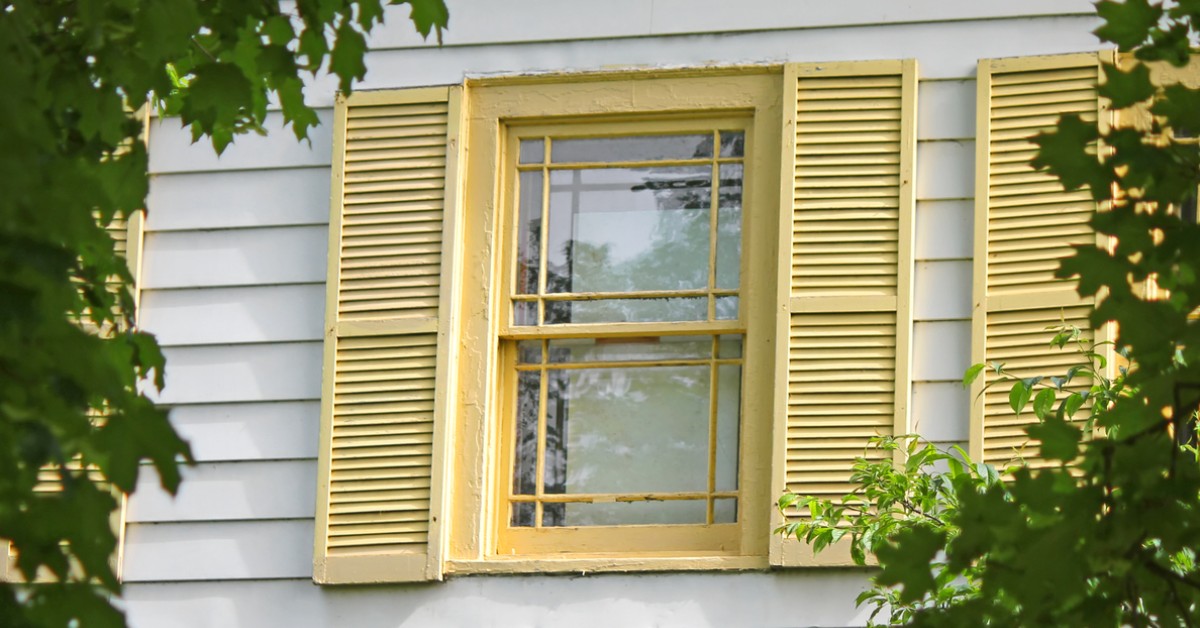
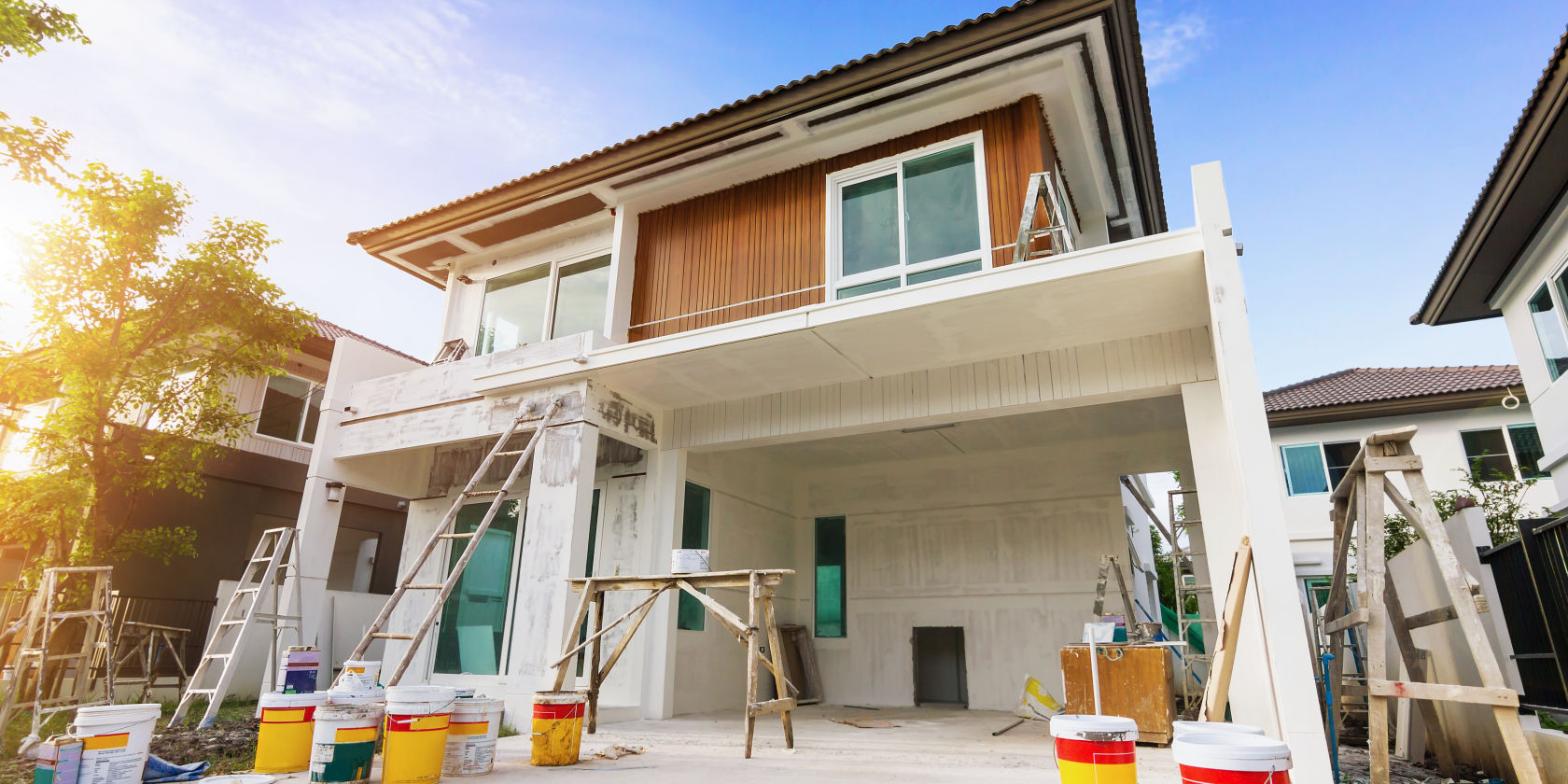

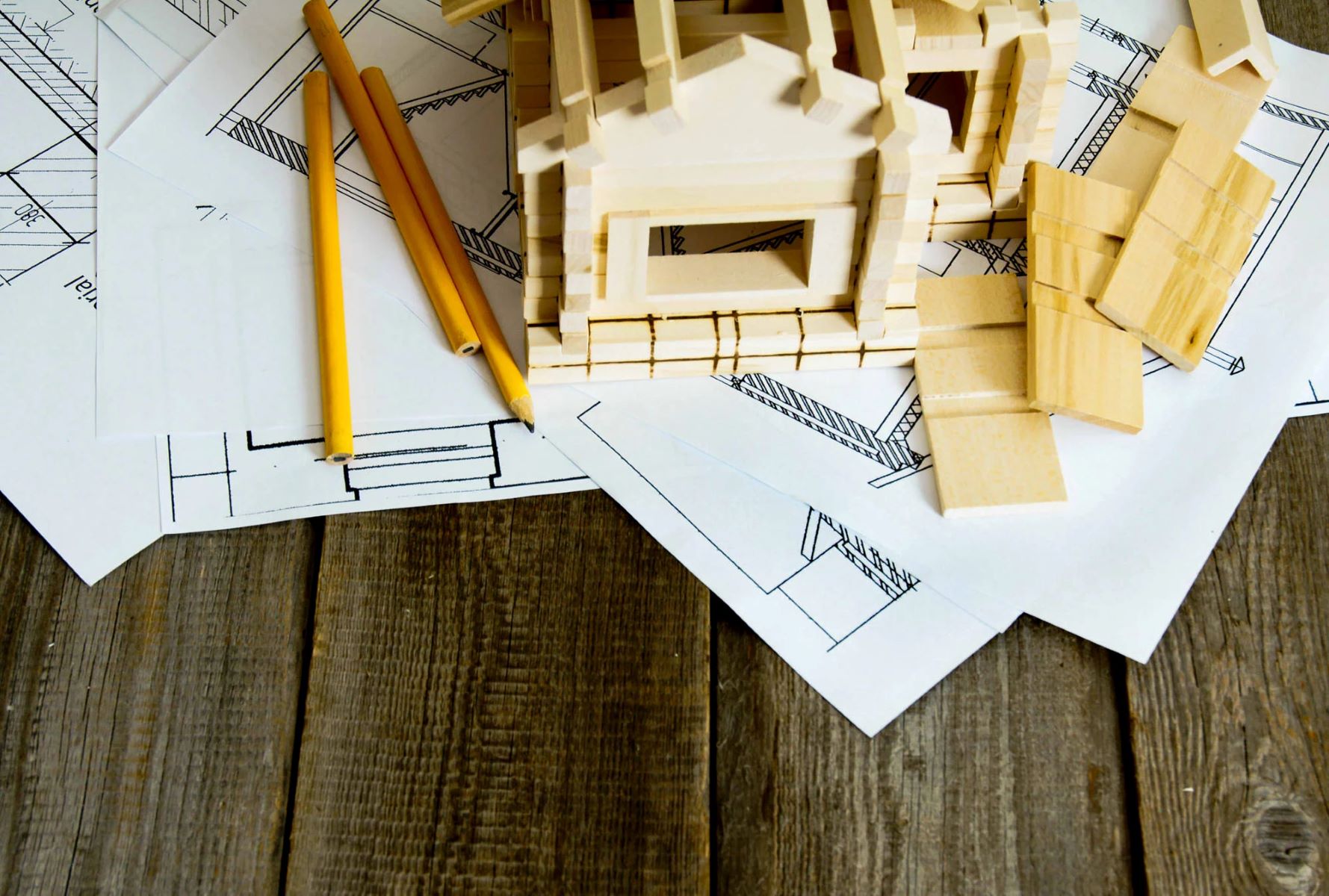
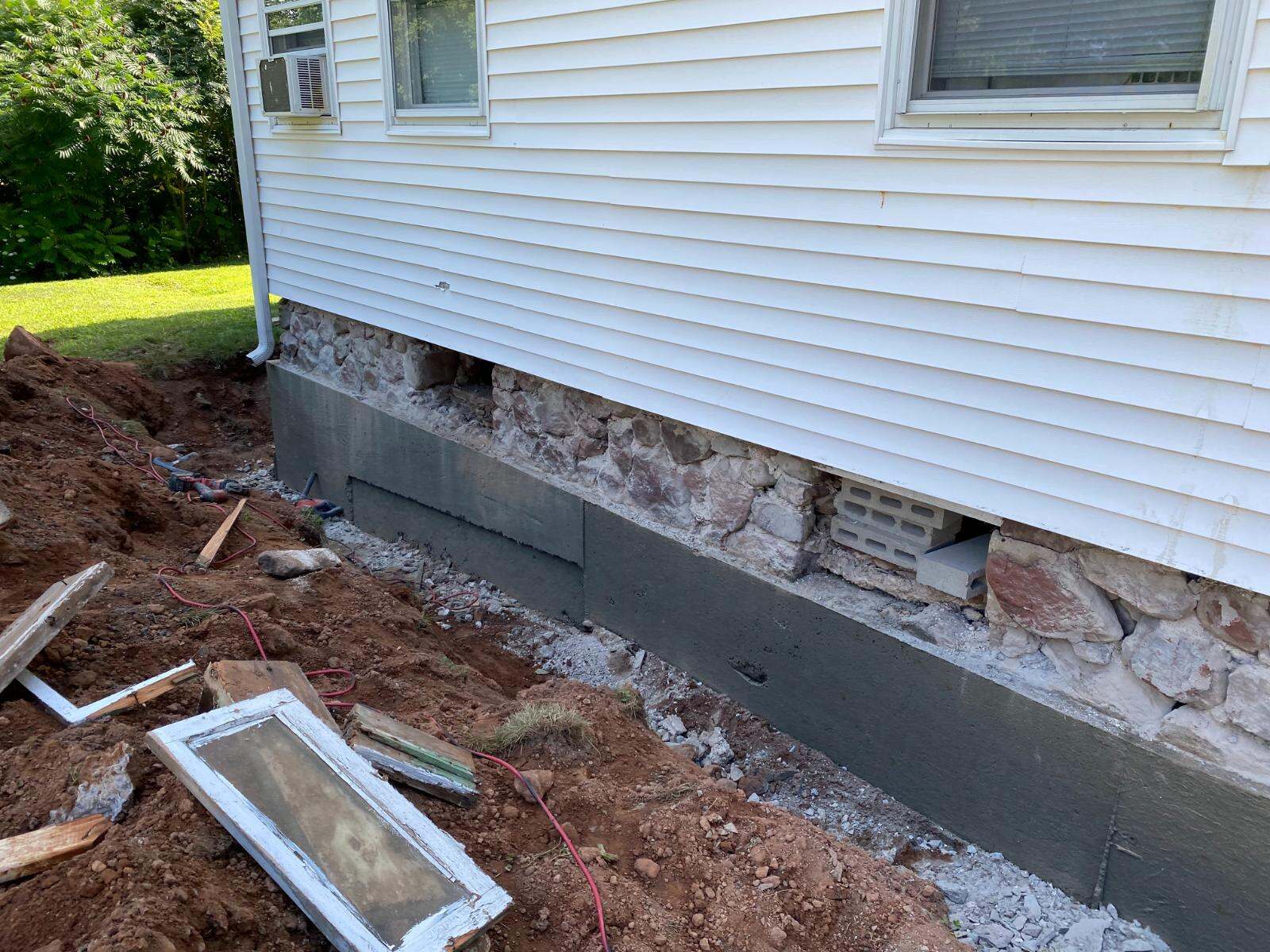
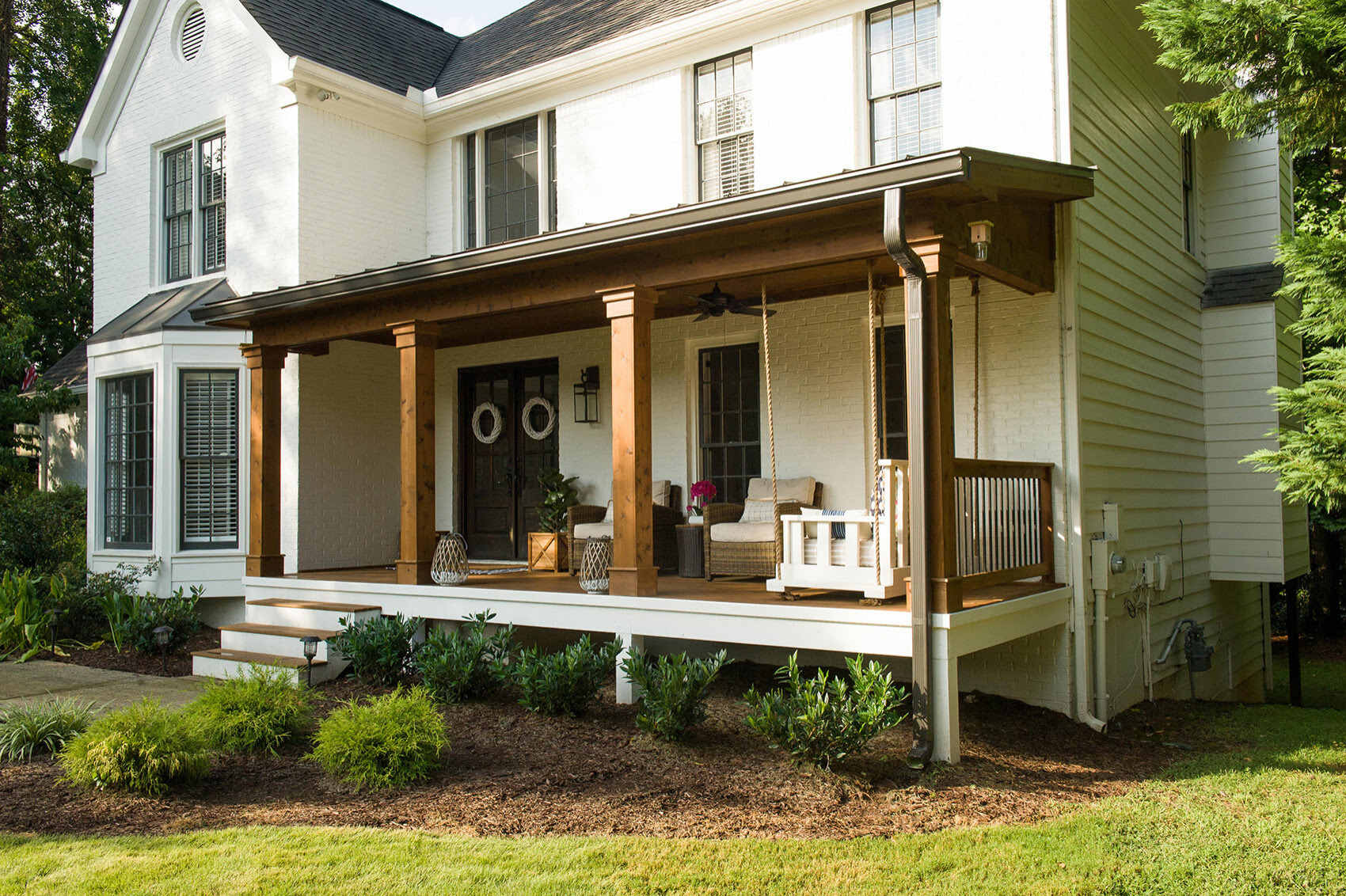
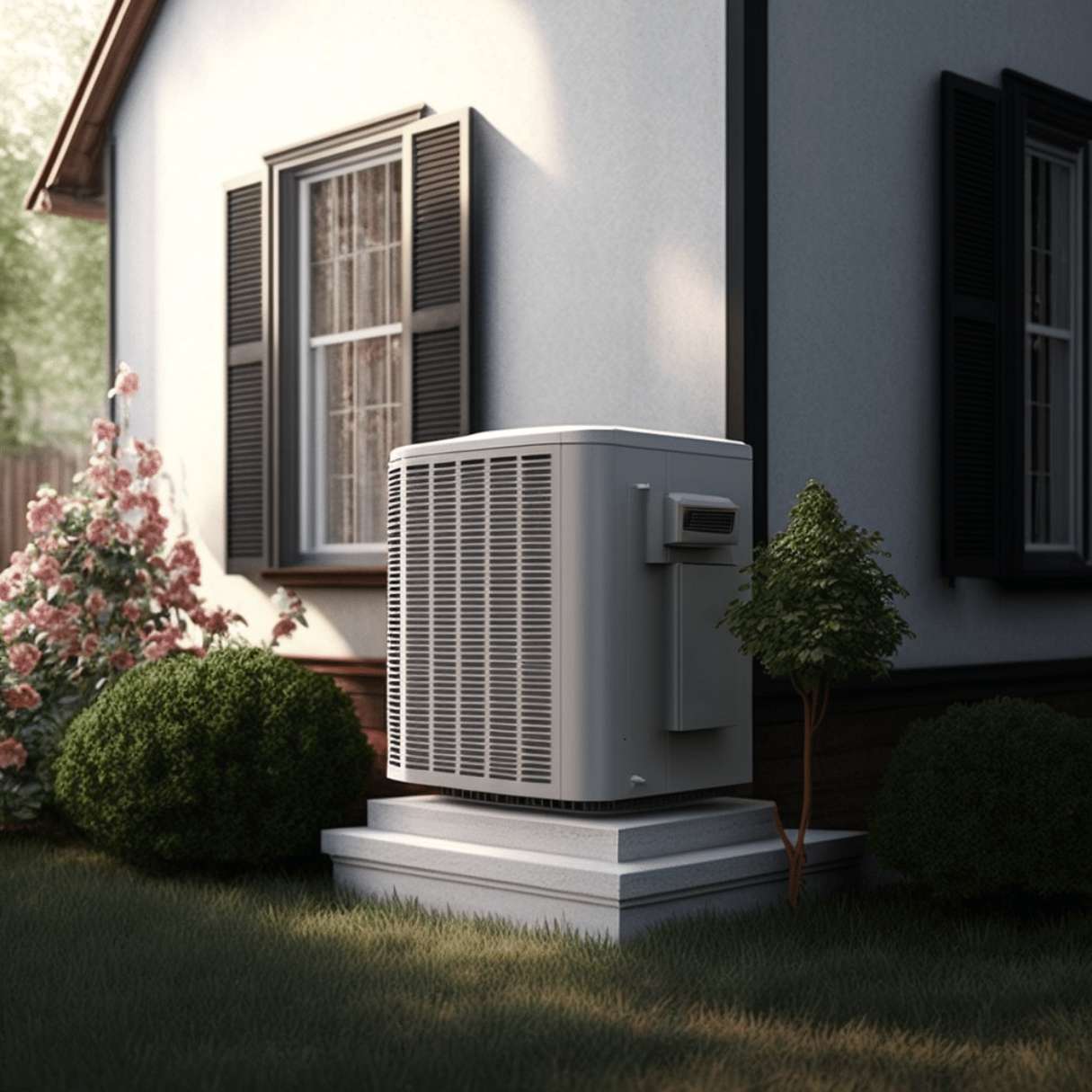
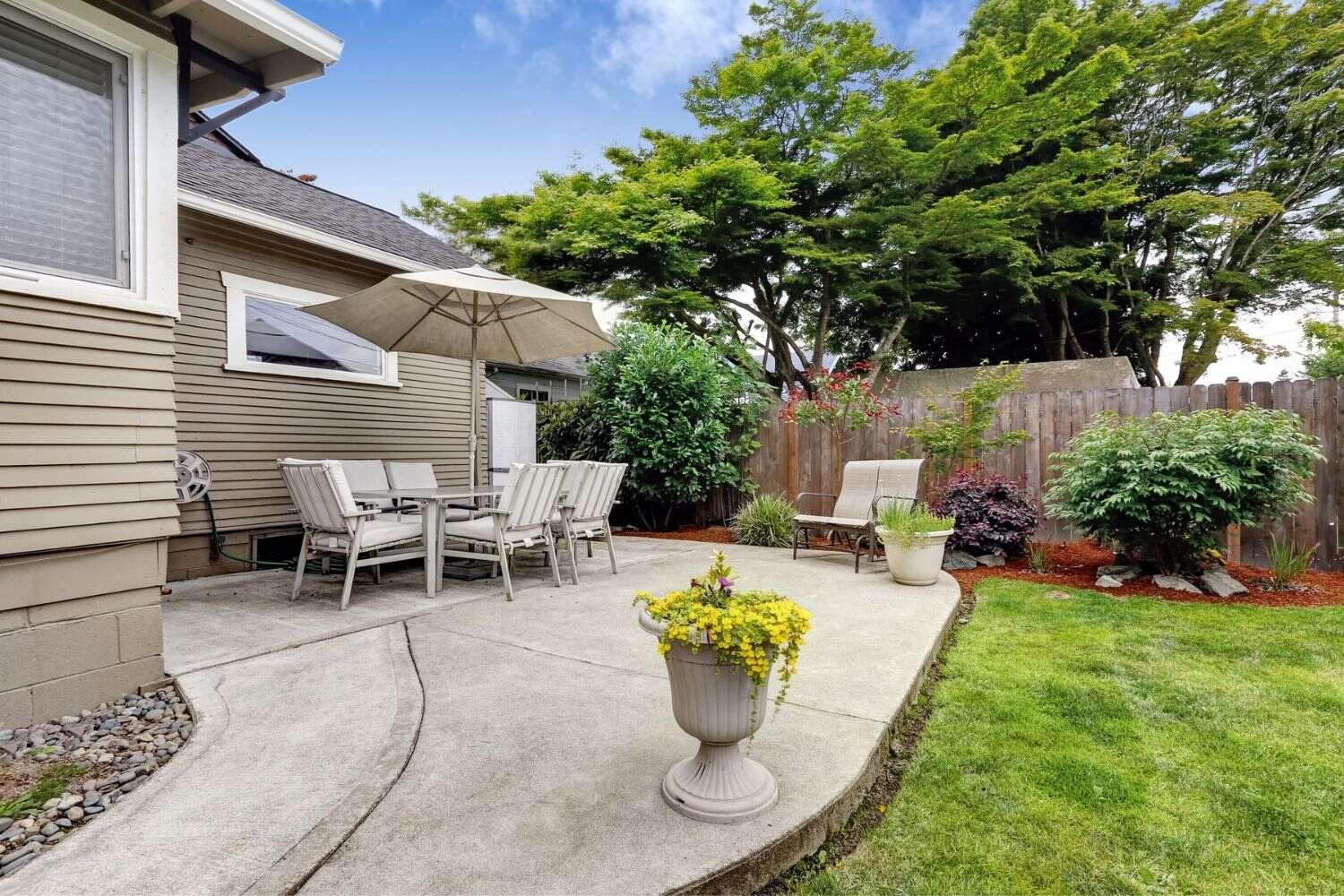
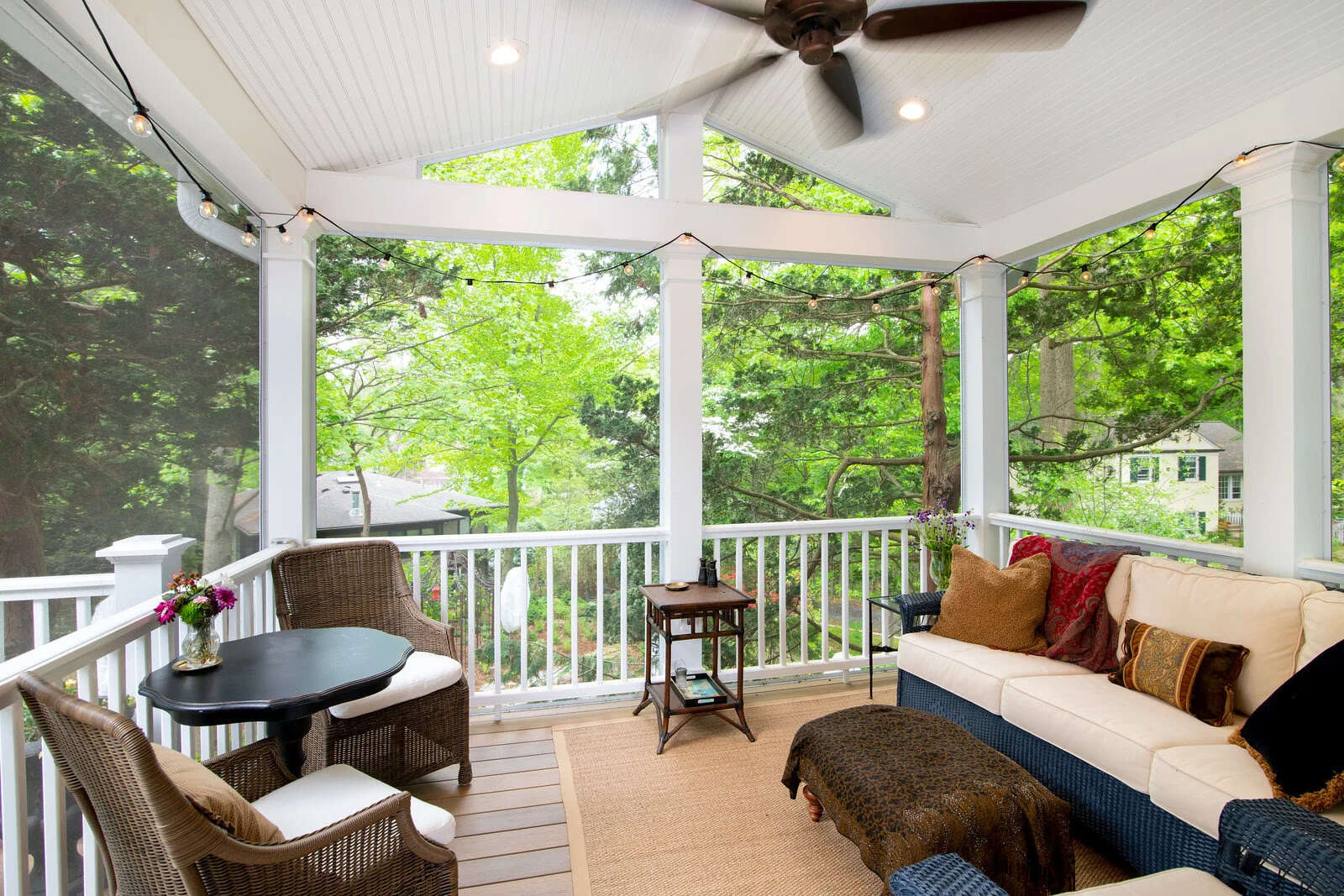
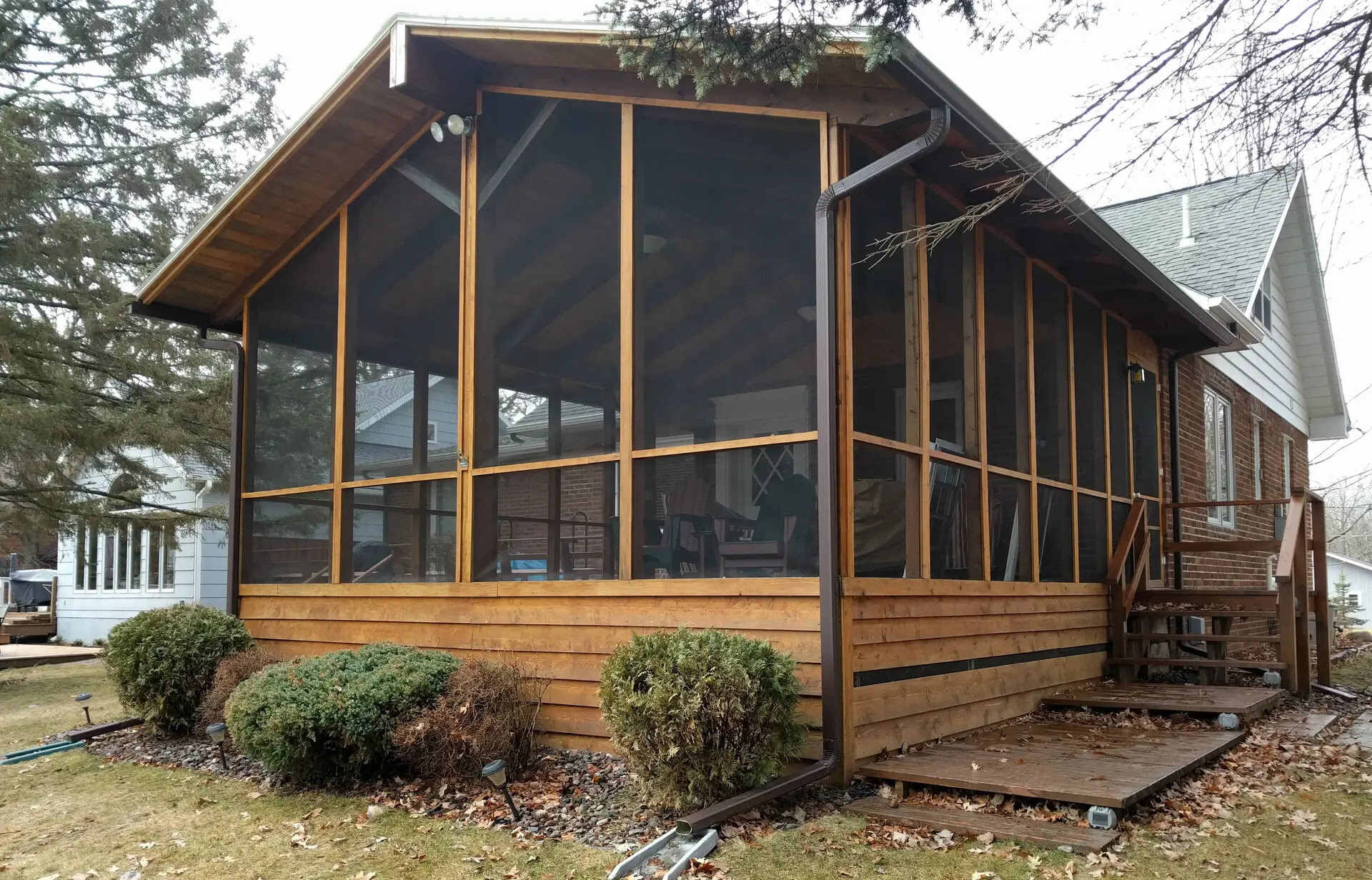
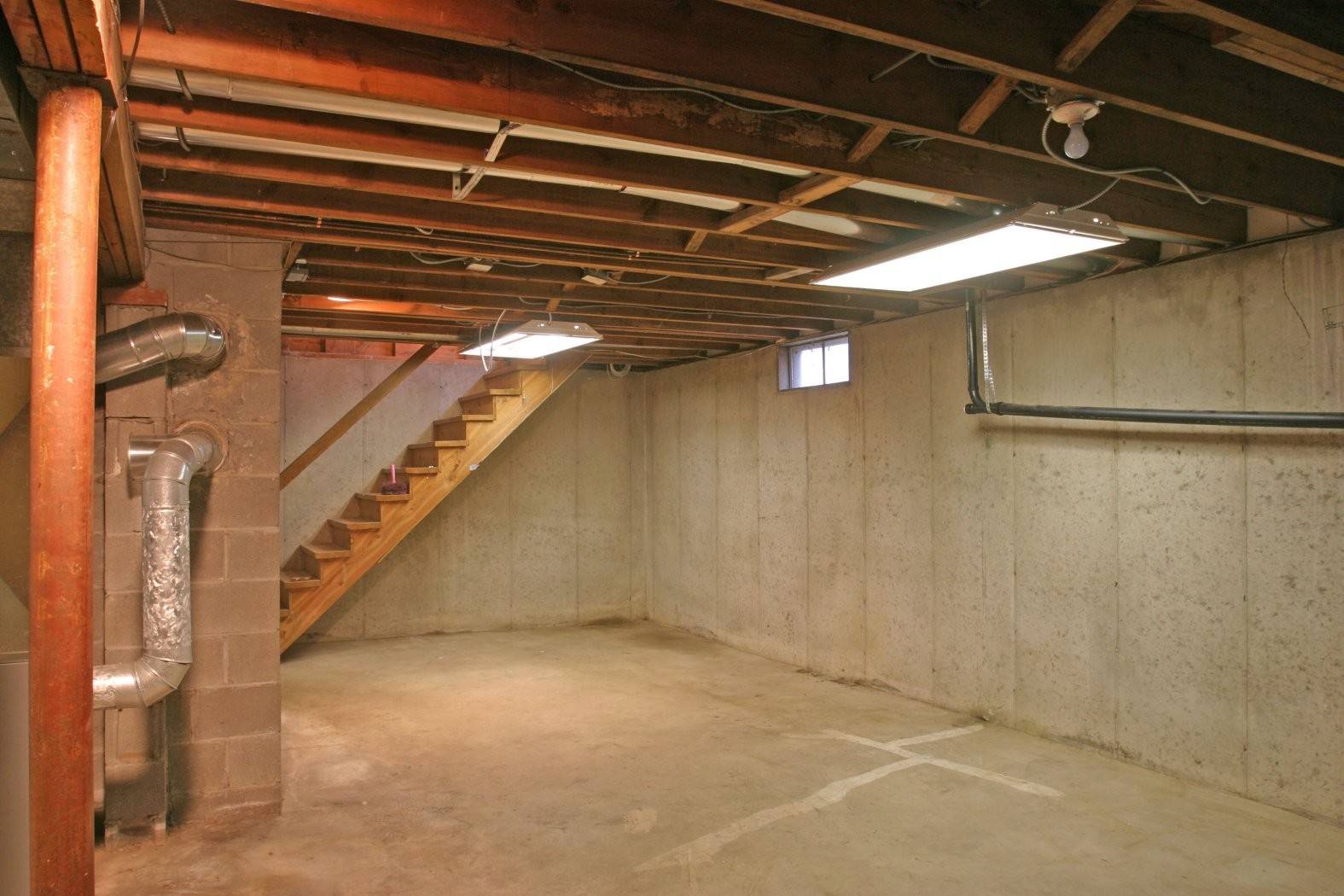
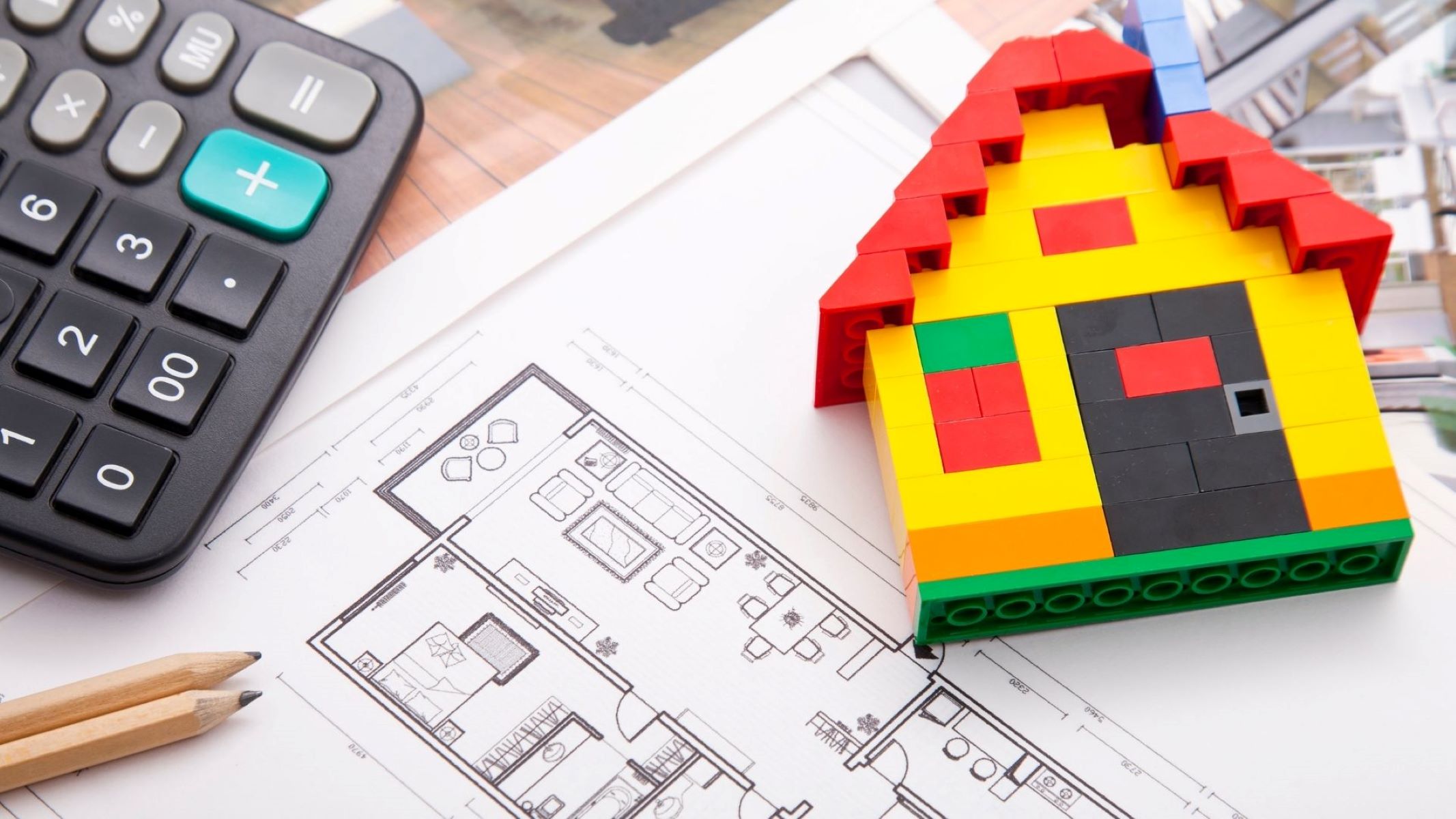
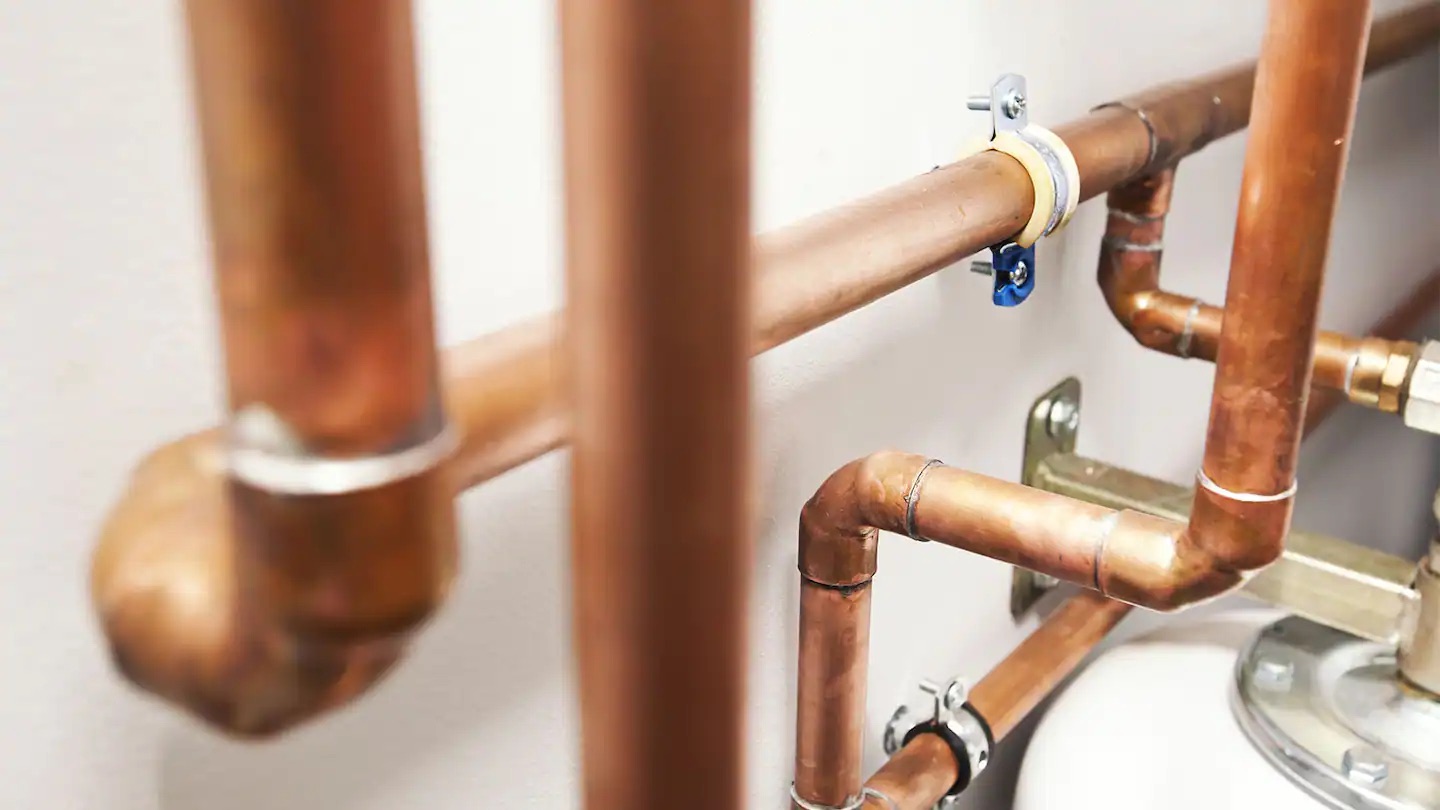

0 thoughts on “How Much Does It Cost To Design A House”